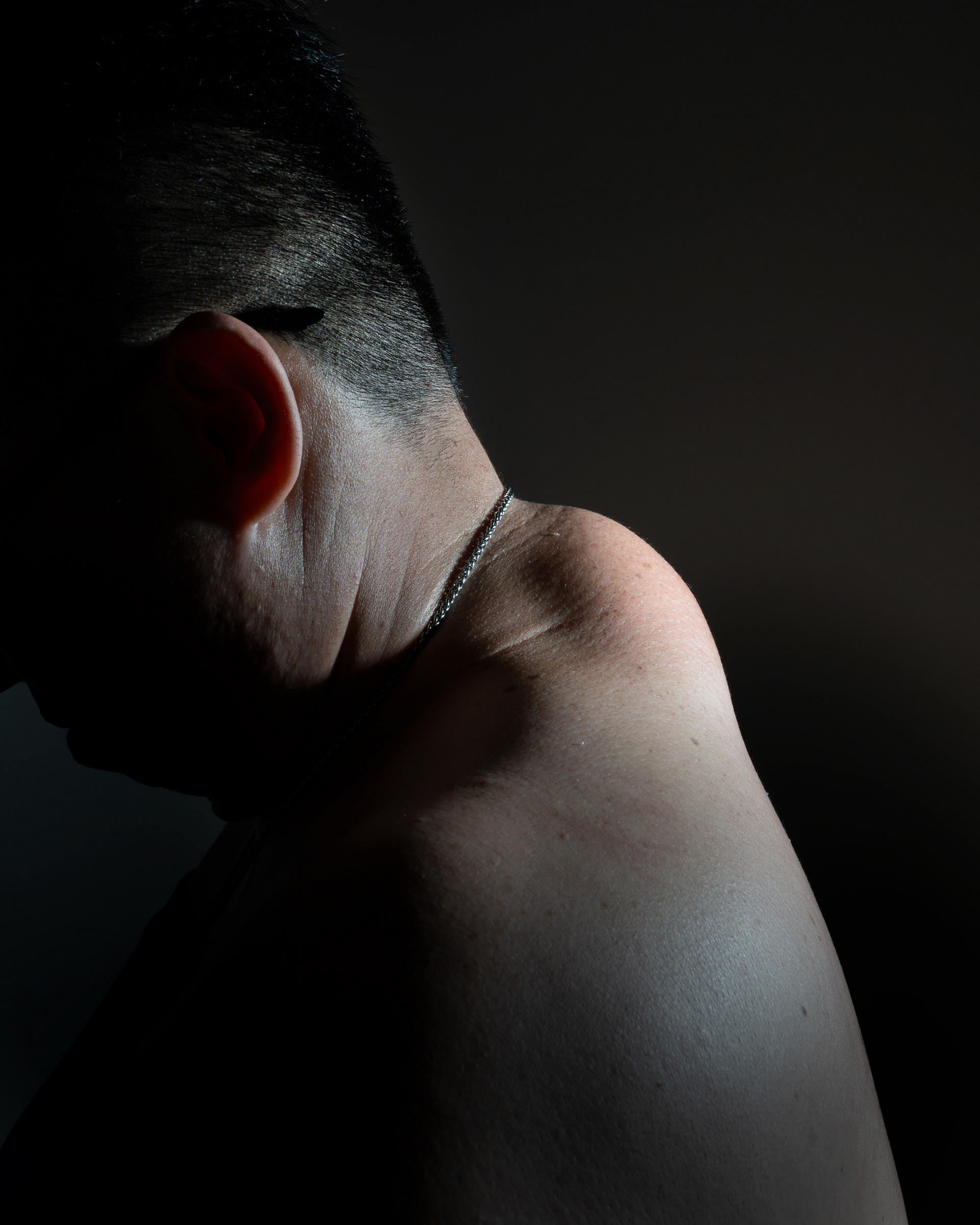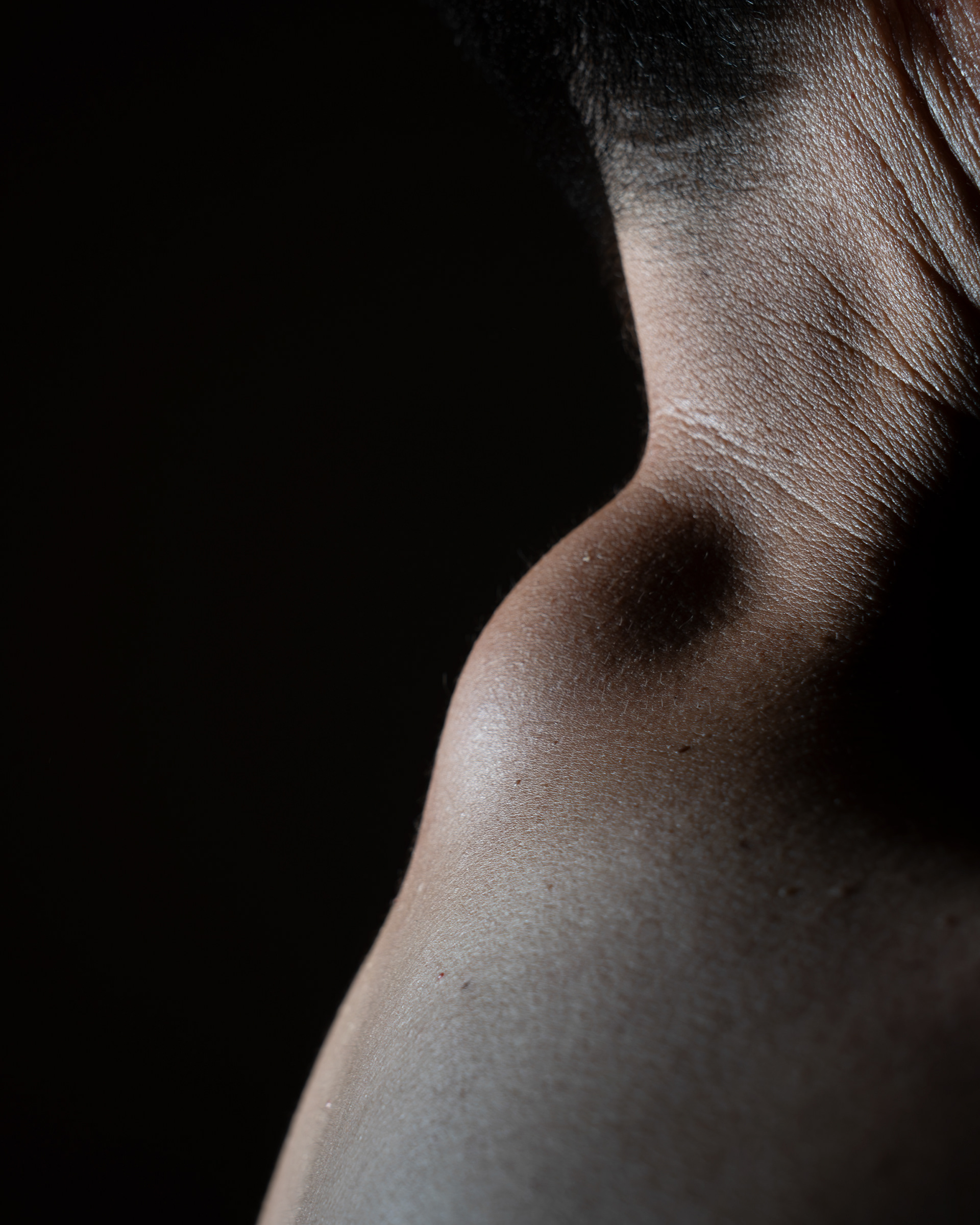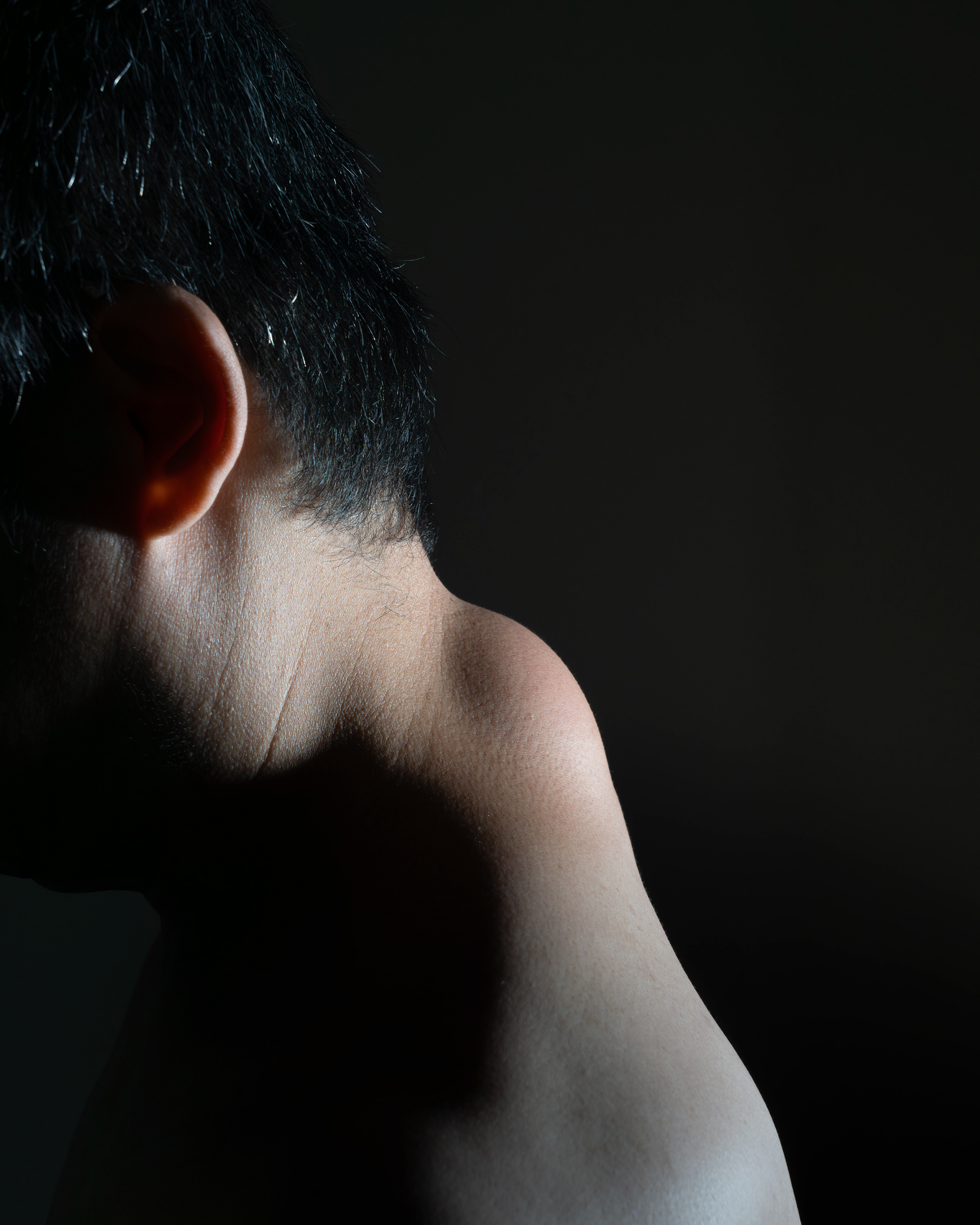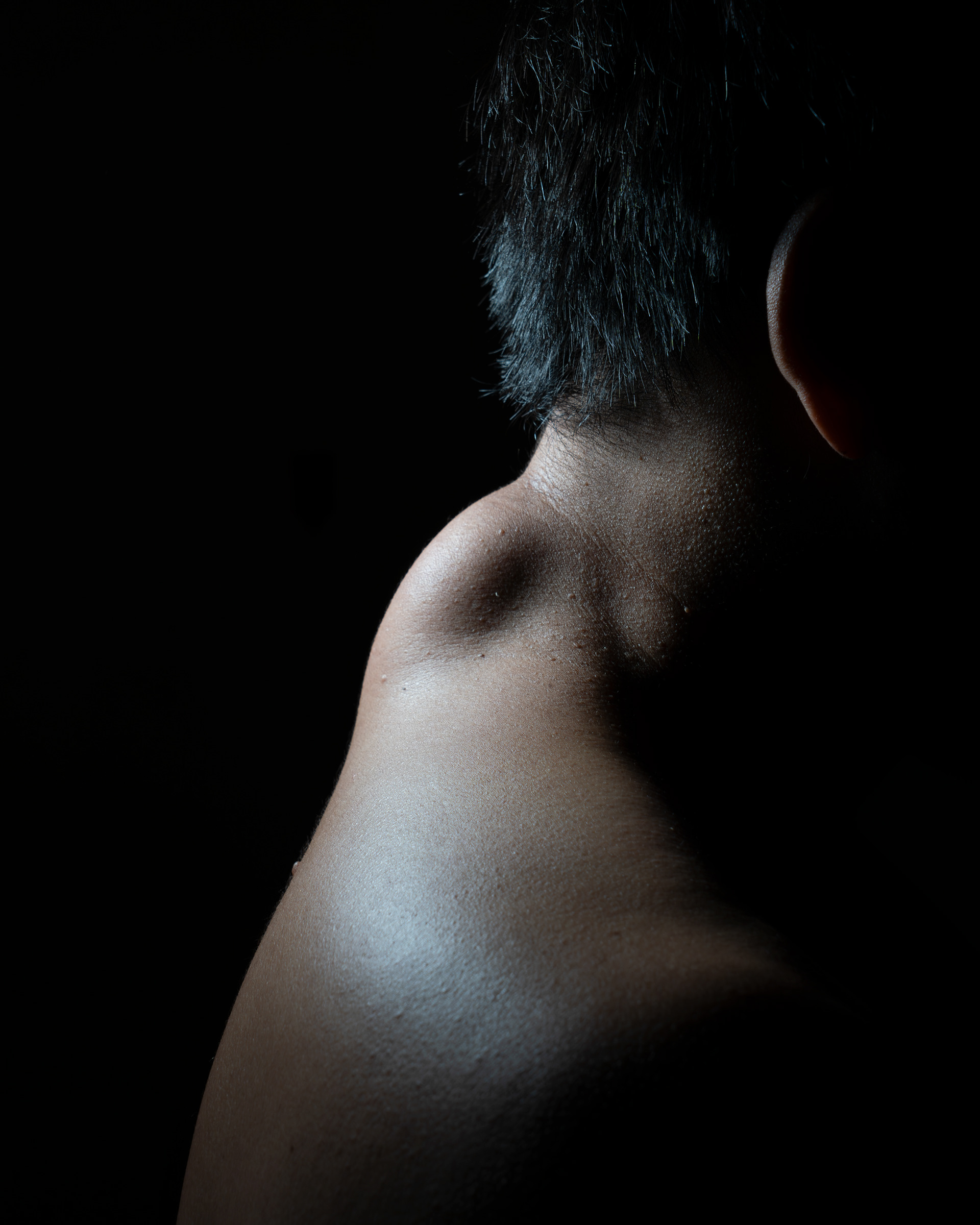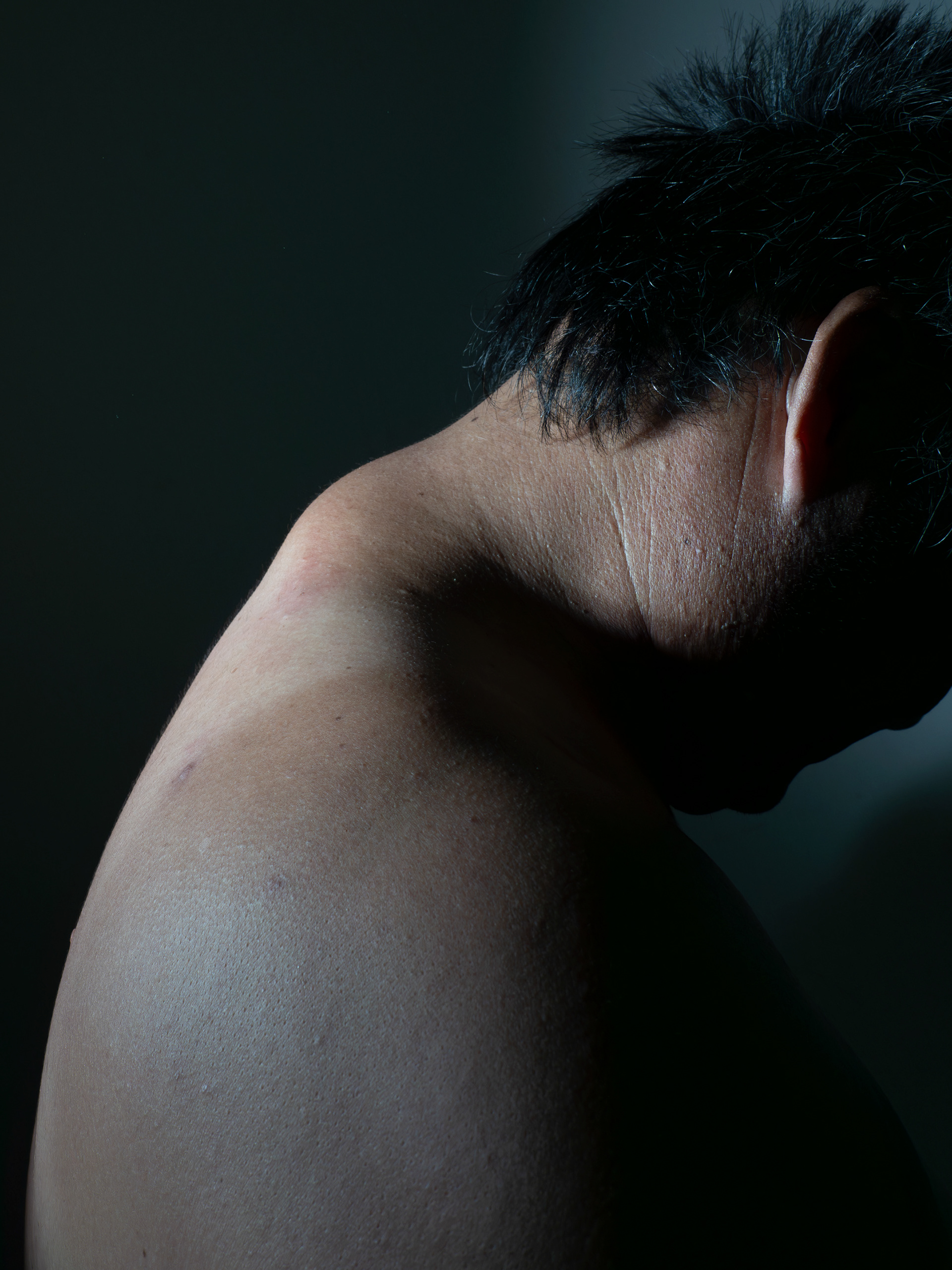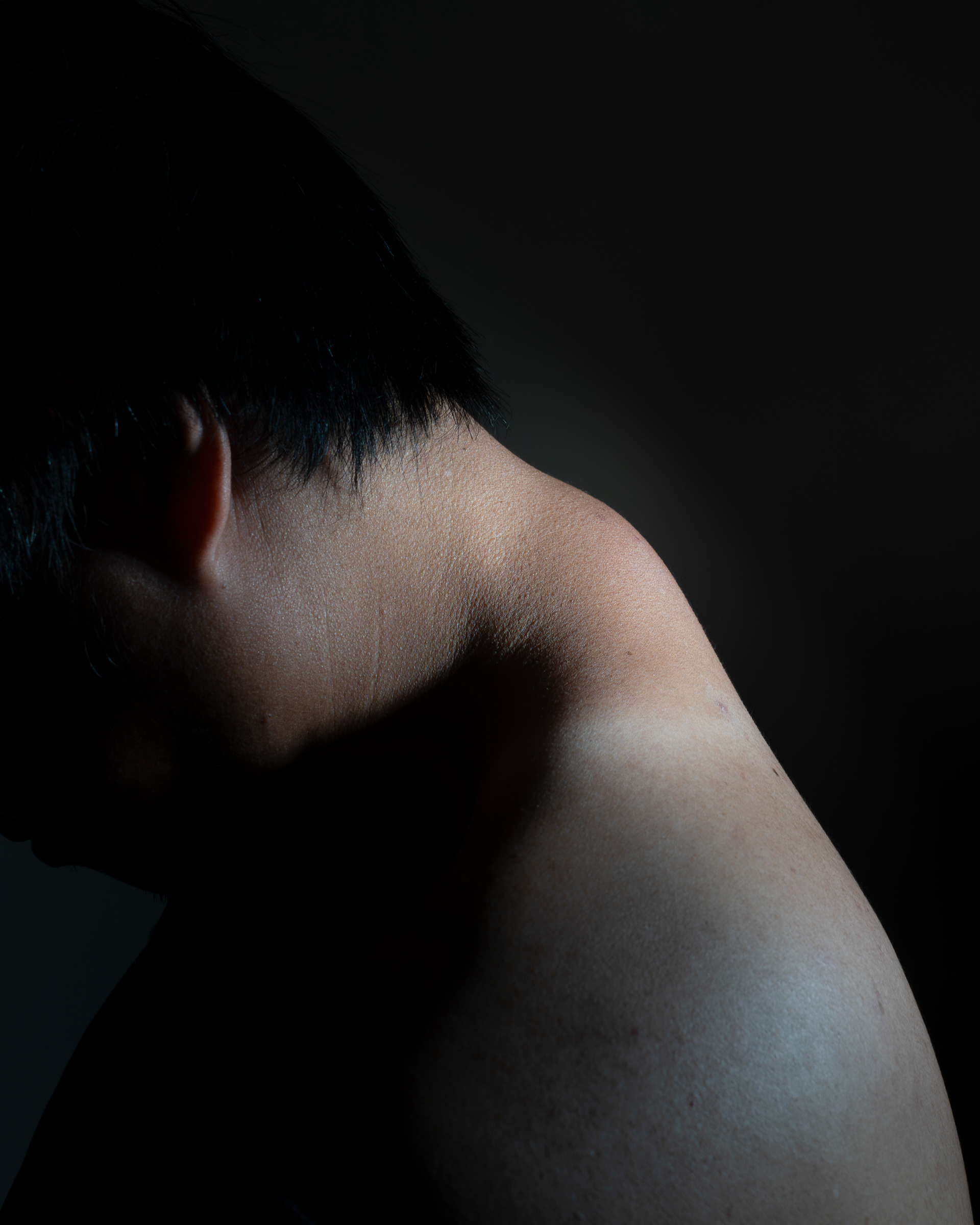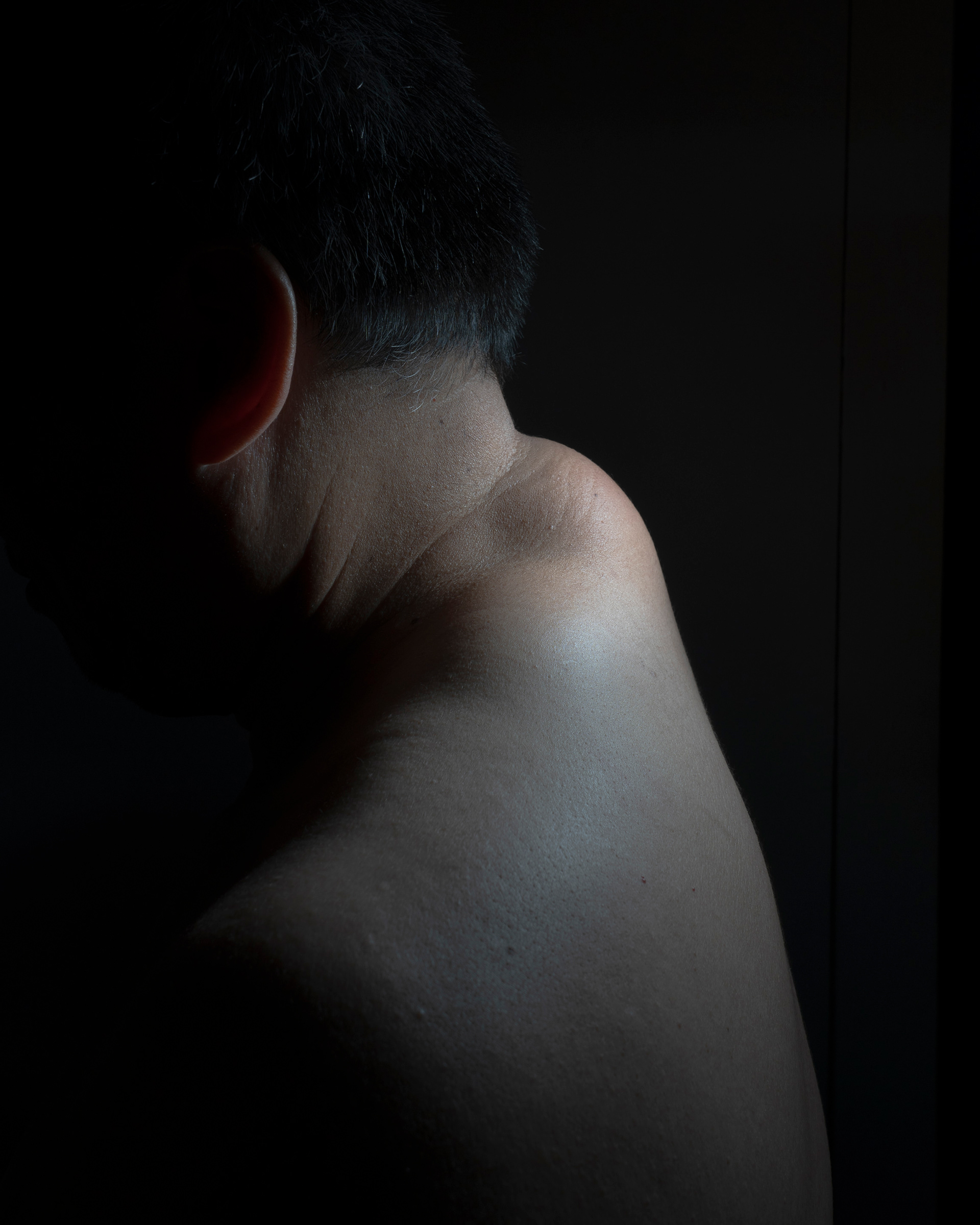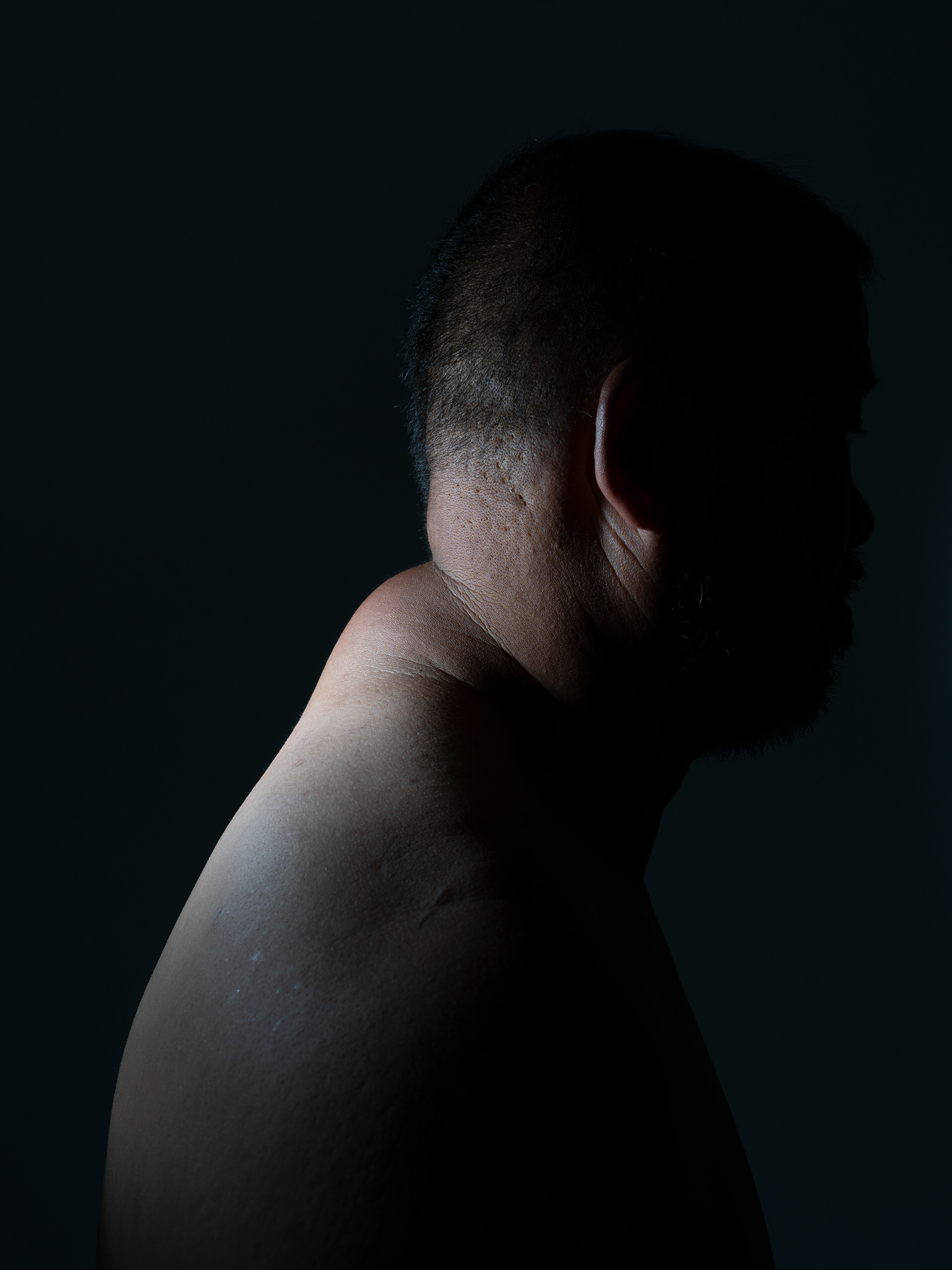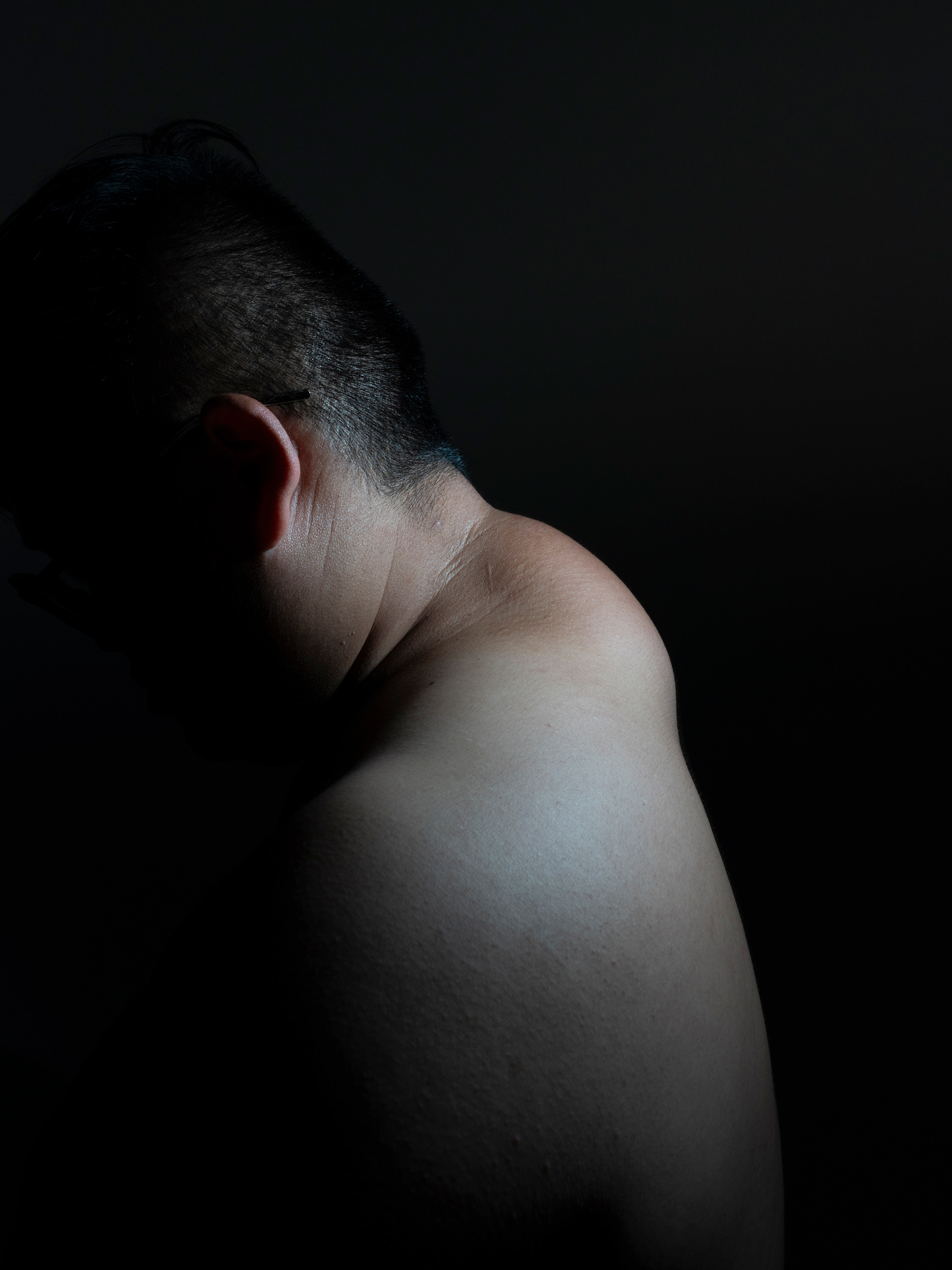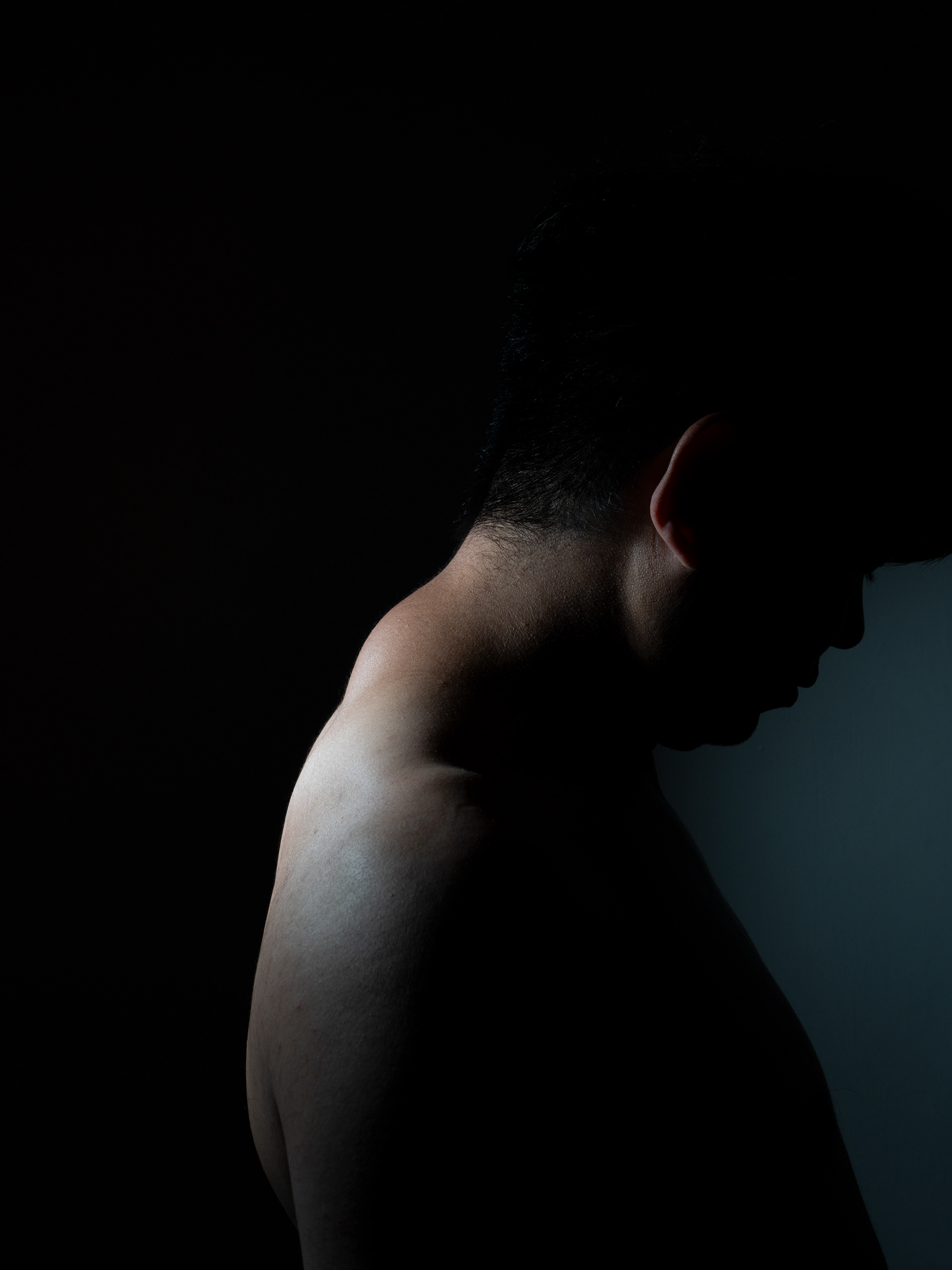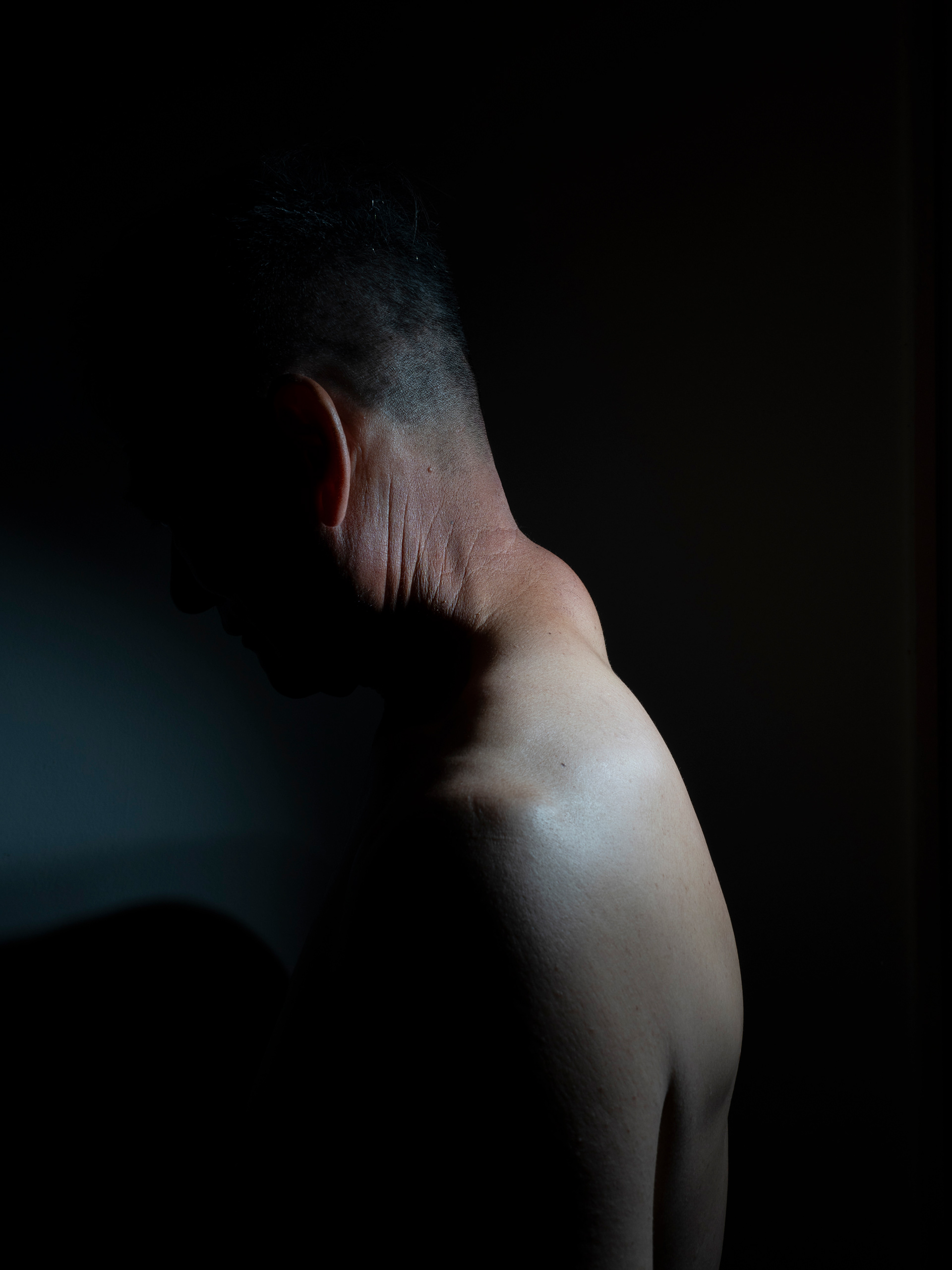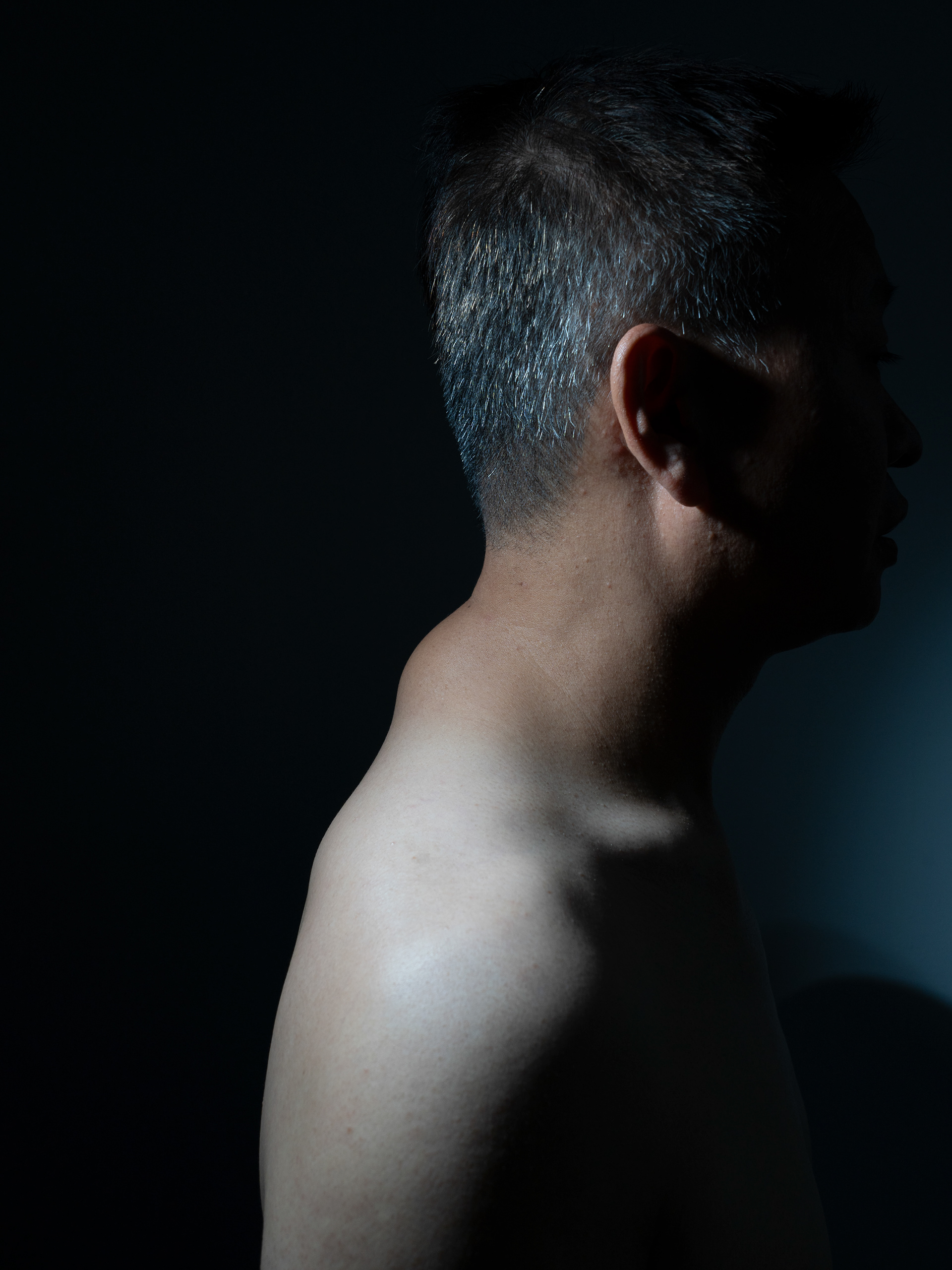Their necks have grown small hills, commonly known as "fortune bags", medically referred to as "lipomas". Due to the prolonged use of their necks to lift sedan chairs, the sticks press and rub against the neck for extended periods, leading to the appearance of what resembles a strong bicep, with a slightly elastic feel when touched. Lipomas have no nerves or sensation within their structure and are classified as benign tumors. For them, lipomas are not seen as a disease but rather signify honor and experience, as they are traces of the divine - imprints of the gods.
During the fieldwork in the village, I had the opportunity to participate in the local rituals and ceremonies. Witnessing the sedan chair swaying as four bearers simultaneously lifted it, the movements of the sedan chair seemed imbued with spirituality during communication with the deities. When different gods descend, they exhibit distinct frequencies and shaking patterns, reflecting the characteristics and personalities of each deity.
Do you believe in the existence of "gods"? Where are they? Can we see them? Does invisibility imply non-existence? What am I willing to believe? With these questions in mind, I embarked on a quest to explore the divine. This series captures portraits of sedan bearers from different temples on Beigan Island, documenting the bodily changes resulting from long-term participation in lifting the sedan chairs. Through photography, it presents the everyday bodies unseen during rituals, where lipomas appear as symptoms but also serve as a metaphor imbued with spirituality.
